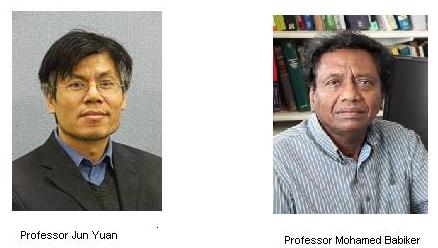A research team led by Professor Mohamed Babiker and Professor Jun Yuan from the University of York is pioneering the advancement of electron microscopes, which will facilitate researchers to study a broad array of materials in innovative ways.

The research team has generated electron vortex beams, which are electron beams with orbital angular momentum that are capable of probing atomic magnetism more efficiently than light. Electron vortex beams in contrast to traditional electron beams enhance the sensitivity and resolution of imaging, which is vital in detecting the structure of biological specimens like proteins. They also find applications in manipulating nano-scale objects such as molecules and atoms.
Electron vortex beams have an associated magnetic field due to the presence of moving charged particles in the electron vortex, making them suitable for imaging nanoscale structure of magnetic materials. The research team has developed a holographic mask design for producing an electron vortex beam and now intends to utilize this design to augment the imaging functionalities of the electron microscope located in its York-JEOL nanocenter.
Yuan commented that the use of vortex beams, with their screw-like rotating wave front resembling tornados, in electron microscopy will transform the analysis of magnetic nanostructures and develop novel applications such as edge contrast detection and nanoparticle trapping and manipulation.
Babiker informed that optical vortex beams produced by light photon beams have been a subject matter for the last two decades. They find use in several novel applications, especially in fine scale manipulation of nano-objects and individual molecules in optical spanners and optical tweezers.
The research study is a part of the work by Sophia Lloyd, a second year PhD student. The study findings have been reported in Physical Review Letters.